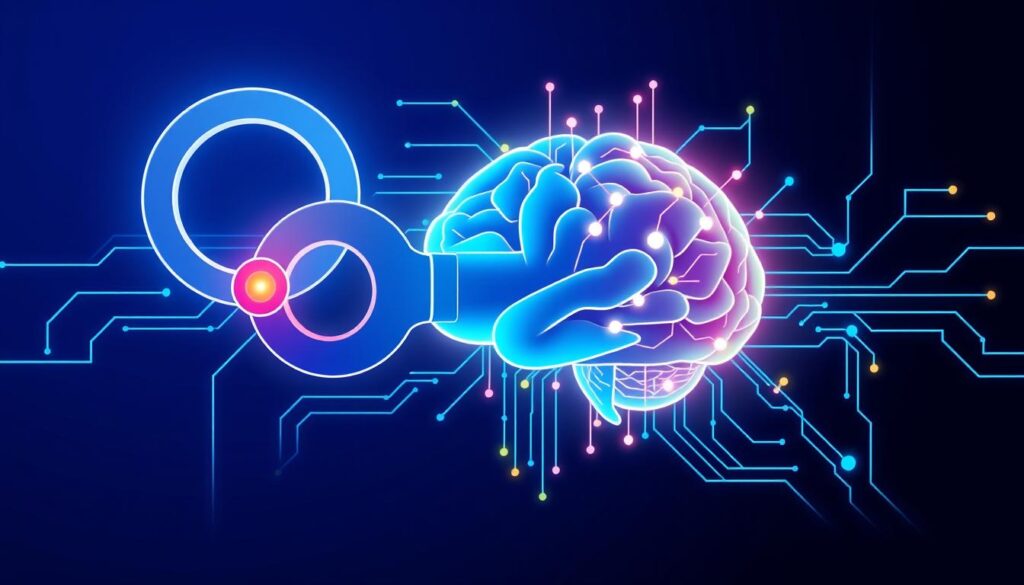Entering the world of machine learning can be both exhilarating and overwhelming, especially given the rapid pace at which new algorithms emerge. For anyone who’s tangled with complexities in developing models and dealing with the next big thing—like a more advanced neural network after mastering linear regression—the process can feel daunting. However, there is a pivotal concept that can significantly streamline the learning curve: optimization. In this article, we’ll delve deeper into what optimization entails and how understanding it can help you master any machine learning algorithm swiftly and effectively.
The Black Box Analogy
Imagine any machine learning algorithm as a "black box." This black box takes inputs, which are typically your data, and produces outputs—these could be predictions or classifications based on the input data. Within this black box are parameters that function like sliders. Adjusting these parameters will alter the outputs, allowing you to optimize your results.
For instance, in a simple linear regression model, parameters can include the slope and y-intercept. In contrast, an artificial neural network comprises numerous parameters, known as weights, that affect how data moves from one neuron to another. Whether the algorithm is straightforward or complex, the mechanism of tuning parameters plays a crucial role in deriving effective outputs.
Supervised Learning: An Iterative Process
Consider supervised learning for a moment. This approach involves working with known outputs, often expressed as truth values. For example, if we have expected outcomes of 10, 20, and 25, and our black box predicts values of 15, 20, and 20, we need to assess our model’s accuracy. One commonly used method is to calculate the error by finding the difference between predicted and actual outcomes, squaring those differences to avoid negatives, and then averaging them out—resulting in what analysts call a metric.
The goal is to fine-tune the parameters of the model to minimize this error metric. Visualizing this, if we plot the various parameter combinations, we can map out our error rates, identifying which parameters yield the best predictions. This iterative process of adjusting and assessing can help hone your model toward accuracy.
Unsupervised Learning: Finding Patterns
When venturing into unsupervised learning, the process shifts slightly. Take the k-nearest neighbors (KNN) algorithm, for instance: it categorizes data points into clusters without prior labels. To evaluate clustering performance, one might consider the distances from the centroids of these clusters. If your centroids are inaccurately placed, the average distances between points and their corresponding centroids will be significant—in other words, a poor outcome.
Through various trial-and-error attempts, the placement of centroids can be optimized to achieve lower average distances, indicating a better clustering arrangement. Just like in supervised learning, this highlights the importance of tweaking parameters to enhance model performance.
The Heart of Machine Learning: Optimization
What ties both supervised and unsupervised approaches together is the fundamental concept of optimization. At its core, optimization is about reducing errors by properly tuning parameters, making it the heart of every machine learning algorithm. So, as you engage with any new machine learning model, always frame your understanding within the context of optimization. Key questions to consider include:
- What parameters need adjustment?
- What metrics should you focus on minimizing?
- Which optimization algorithms are best suited for this task?
Different Types of Optimization Algorithms
To effectively navigate this optimization process, a range of algorithms are at your disposal, categorized into three groups:
-
First-order Optimization Algorithms: These use gradient information to identify local minima. The Gradient Descent algorithm is a prominent example that iteratively adjusts parameters to minimize the error.
-
Higher-order Optimization Algorithms: These methodologies utilize second-order derivatives to gain a more detailed understanding of the error landscape.
-
Heuristic Algorithms: Often used when traditional methods fall short, these include genetic algorithms and other strategies that mimic natural selection and evolution to explore a broader solution space.
Conclusion
Mastering machine learning algorithms isn’t merely about memorizing procedures or understanding the latest trends; it fundamentally revolves around recognizing every algorithm as an optimization challenge. By viewing the tuning of parameters and the pursuit of minimizing errors as a central theme, you can approach new algorithms with confidence and efficiency.
As you delve deeper into machine learning, remember to prioritize understanding optimization concepts and practices. This strategic viewpoint can help demystify the complexities and accelerate your journey toward mastering any machine learning algorithm.

